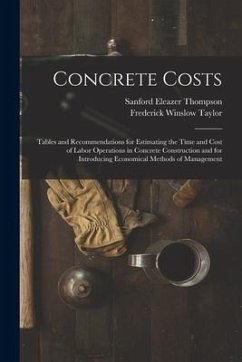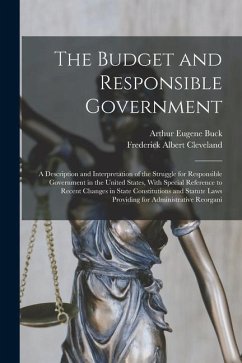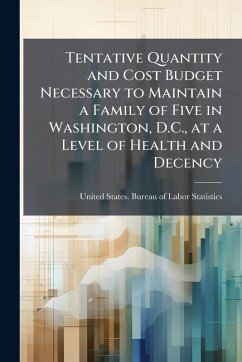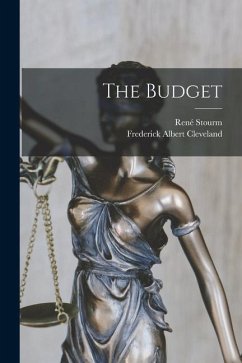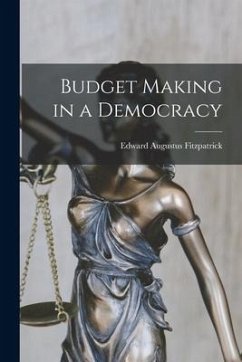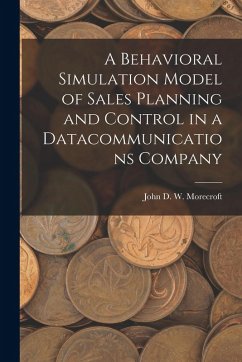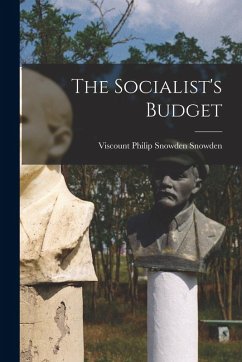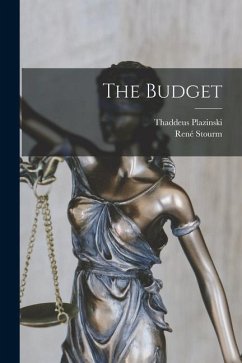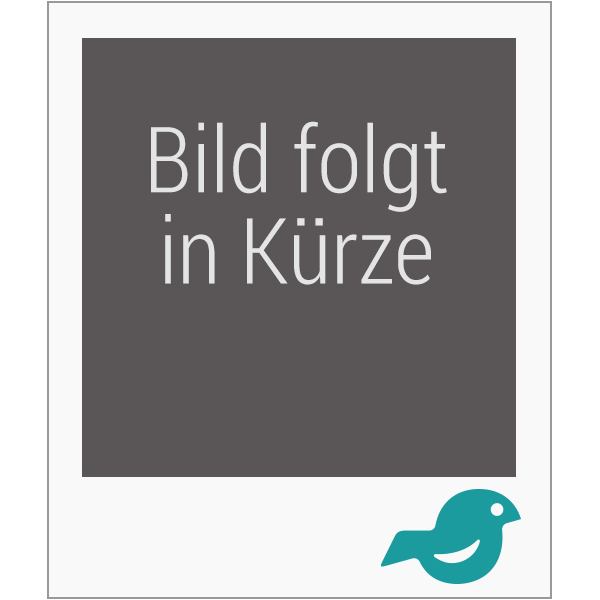
Estimating Budget Relationships With a Leontief Input-Output Model

PAYBACK Punkte
8 °P sammeln!
Forty years ago, the Office of the Secretary of Defense proposed using the Leontief input-output model to assess tradeoffs in the Department of Defense's (DoD) budget. We demonstrate that the Leontief input-output model can assess tradeoffs in the Air Force's budget. To increase one part of the Air Force's budget, we need to know the interrelationships between that budget area and the other areas. In this research, we look at different methods of how the functional areas might interact. We demonstrate our methodology on two data sets - DoD and the Air Force aggregate budget data. By looking at...
Forty years ago, the Office of the Secretary of Defense proposed using the Leontief input-output model to assess tradeoffs in the Department of Defense's (DoD) budget. We demonstrate that the Leontief input-output model can assess tradeoffs in the Air Force's budget. To increase one part of the Air Force's budget, we need to know the interrelationships between that budget area and the other areas. In this research, we look at different methods of how the functional areas might interact. We demonstrate our methodology on two data sets - DoD and the Air Force aggregate budget data. By looking at how the functional areas interact, we hope to be able to find a sound methodology that will provide assistance to Air Force leadership for determining appropriate levels of funding. This work has been selected by scholars as being culturally important, and is part of the knowledge base of civilization as we know it. This work was reproduced from the original artifact, and remains as true to the original work as possible. Therefore, you will see the original copyright references, library stamps (as most of these works have been housed in our most important libraries around the world), and other notations in the work. This work is in the public domain in the United States of America, and possibly other nations. Within the United States, you may freely copy and distribute this work, as no entity (individual or corporate) has a copyright on the body of the work. As a reproduction of a historical artifact, this work may contain missing or blurred pages, poor pictures, errant marks, etc. Scholars believe, and we concur, that this work is important enough to be preserved, reproduced, and made generally available to the public. We appreciate your support of the preservation process, and thank you for being an important part of keeping this knowledge alive and relevant.




